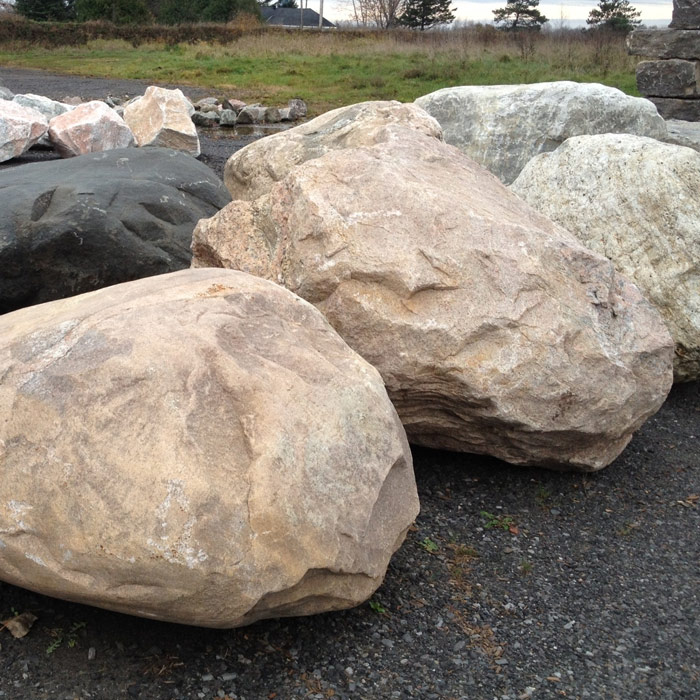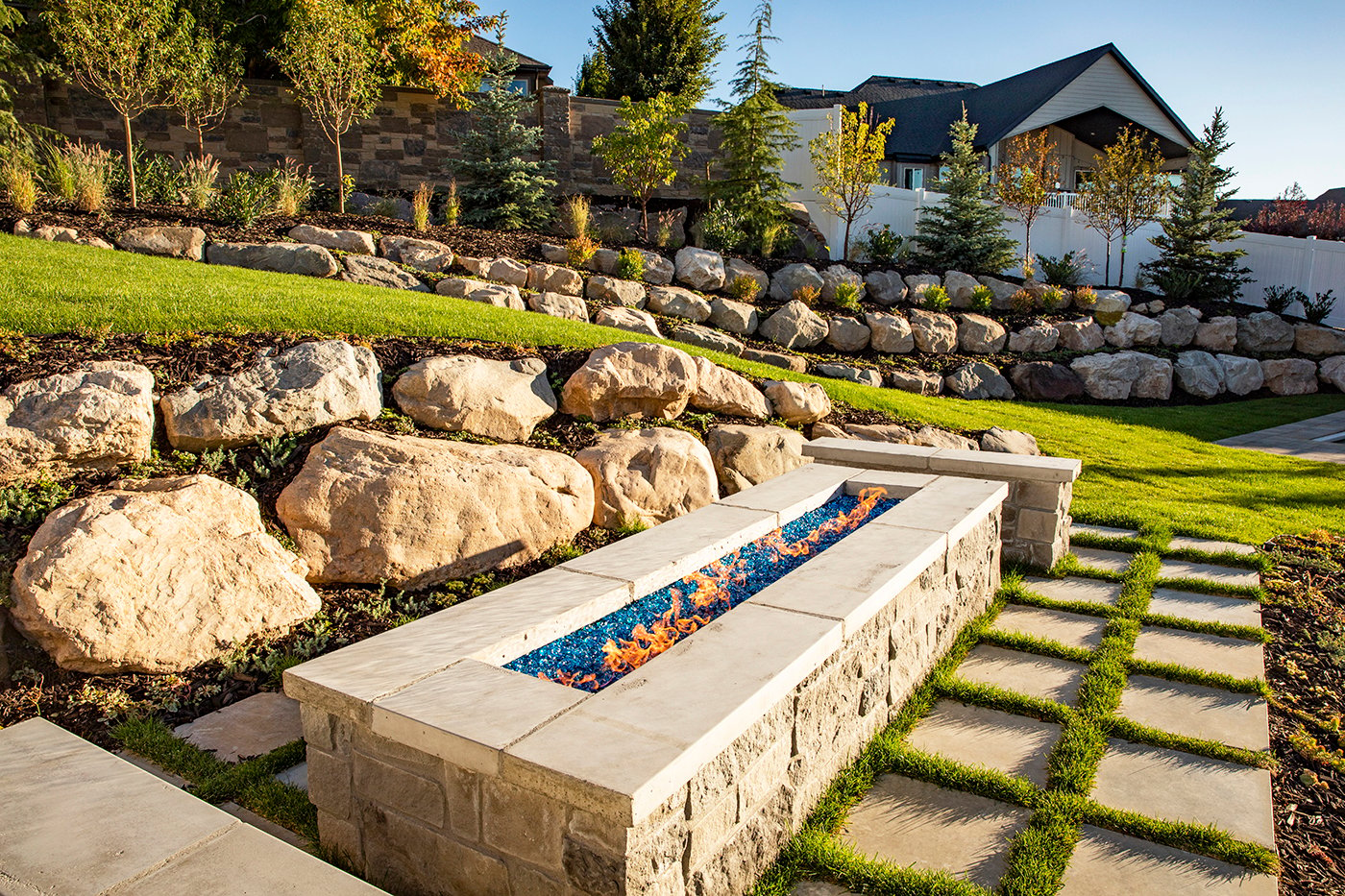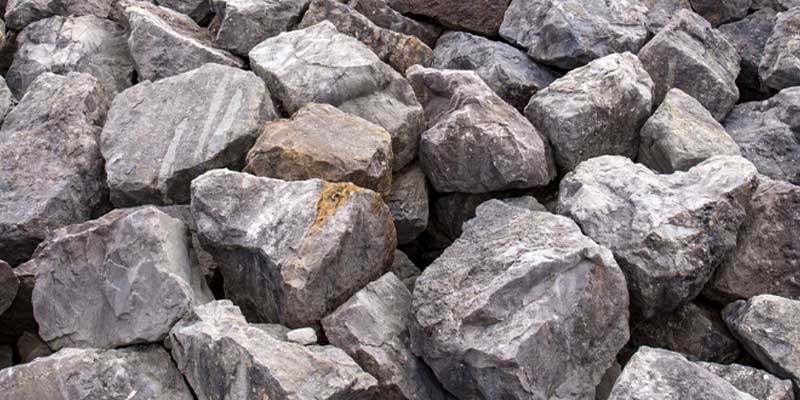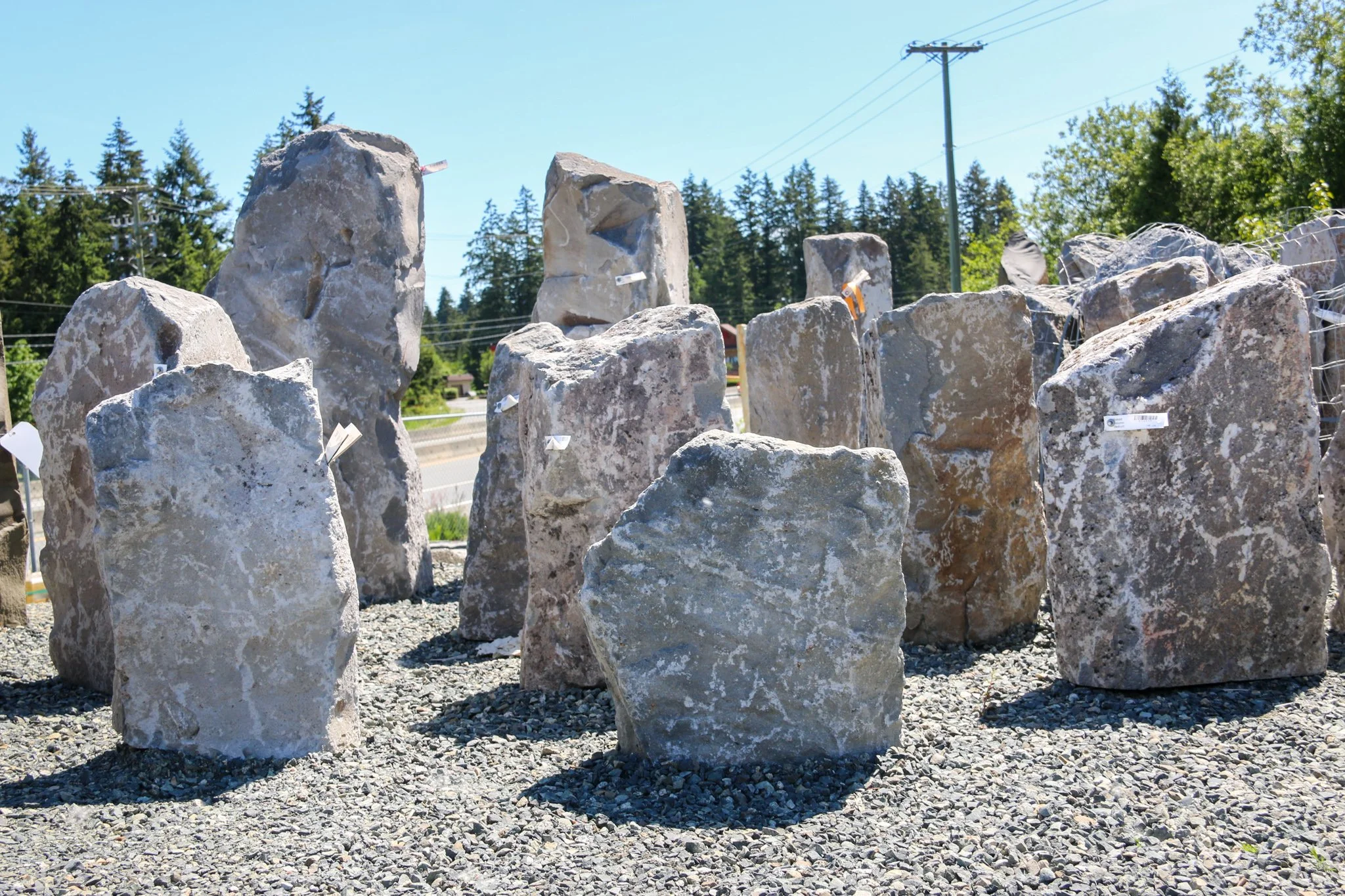When it comes to landscaping, few elements can make as significant an impact as large decorative rocks. These versatile pieces of nature can add both functionality and beauty to your outdoor spaces. From creating stunning focal points to defining garden boundaries, incorporating large decorative rocks can elevate your landscape design. In this article, we’ll delve into the world of large decorative rocks, sharing personal experiences, tips, and expert advice to help you harness their full potential.
Understanding Large Decorative Rock
Large decorative rocks, also known as boulders or landscape boulders, are typically stones that are larger than 10 inches in diameter. They come in various shapes, sizes, colors, and textures, making them an ideal choice for different landscaping projects. Whether you are looking to enhance the natural beauty of your garden or need functional items for erosion control, these rocks are a perfect solution.
Advantages of Using Large Decorative Rock
- Durability: Large rocks can withstand environmental conditions without fading or breaking down over time.
- Low Maintenance: Once in place, they require minimal upkeep compared to traditional garden features.
- Versatile Aesthetic: They can complement a variety of design styles, from rustic to modern.
- Natural Erosion Control: Used strategically, they can help prevent soil erosion and manage drainage.

Choosing the Right Large Decorative Rock
Selecting the right decorative rock is crucial for achieving the desired look and functionality in your landscape. Here are some factors to consider:

Type of Rock
There are various types of decorative rocks available, each suited for different applications:

Comparison of Rock Types
| Type of Rock | Color Variation | Best For |
|---|---|---|
| Granite | Gray, pink, and black | Driveways and pathways |
| Limestone | Beige to brown | Garden beds and borders |
| Basalt | Dark gray to black | Modern landscapes |
| Slate | Various colors, including blue and green | Water features and zen gardens |
Size Considerations

When choosing the size of your decorative rocks, consider the scale of your landscape. Larger boulders can serve as prominent focal points, while smaller rocks can be used for accents. Here’s a simple guide:
- Small (10-24 inches): Great for borders and pathways.
- Medium (2-3 feet): Ideal for creating visual interest in garden beds.
- Large (3-5 feet or more): Perfect for dramatic focal points or natural retaining walls.

Incorporating Large Decorative Rock into Your Landscape
Now that you understand the options available, let’s explore various ways to integrate large decorative rocks into your landscaping projects.
Creating Focal Points

One of the most effective ways to use large decorative rocks is to create a focal point in your yard. I remember placing a massive granite boulder in the center of a flower bed in front of my home. It draws the eye and enhances the overall beauty of the landscape.
Tips for Placement
- Consider the view from different angles—ensure it’s attractive from all perspectives.
- Surround the boulder with complementary plants to enhance its visibility.
- Mix textures by pairing it with softer foliage and vibrant flowers.

Defining Spaces
Large decorative rocks can help define different garden areas, making your landscape feel more organized. I’ve found that using a series of medium-sized rocks to create a winding path through my garden gives visitors a natural guide without the need for additional materials.
How to Define Spaces
- Use rocks to outline garden beds, pathways, or seating areas.
- Incorporate different rock sizes for visual interest.
- Combine with mulch or gravel to create a cohesive look.
Accent Features
Large decorative rocks can also be used as accents to highlight specific features of your garden. For instance, positioning a flat rock near a water feature can create a serene resting spot or a perfect backdrop for plants.
Creating Accents
- Place rocks strategically around water features to enhance the natural feel.
- Use contrasting colors to draw attention to garden sculptures or other landscape elements.
- Group smaller rocks around larger ones to create a layered effect.
Maintaining Large Decorative Rock
While large decorative rocks are relatively low-maintenance, some care can help keep your landscape looking its best. Here are some tips based on my personal experiences:
Regular Cleaning
Over time, dirt and debris can accumulate on your rocks. A simple wash with a hose can help, but for tougher stains, a gentle scrub with soapy water can do the trick.
Cleaning Steps
- Rinse the rocks with water, removing loose debris.
- For stubborn stains, scrub using a soft brush and mild detergent.
- Rinse thoroughly to avoid soap residue.
Weed Control
Even decorative rocks can allow weeds to grow. To prevent this, consider using landscaping fabric underneath your rocks or regularly checking for any pesky intruders.
Weed Control Tips
- Apply a layer of mulch around rocks to suppress weed growth.
- Regularly pull any weeds that do emerge to prevent spreading.
Popular FAQs About Large Decorative Rock
What is the best type of large decorative rock for landscaping?
The best type depends on your style and needs. Granite is great for a classic look, while basalt suits modern aesthetics. Consider the colors and textures that will complement your existing landscape.
How much do large decorative rocks cost?
Prices can vary widely based on size, type, and region. On average, you might expect to pay anywhere from $50 to $300 per rock. It’s best to check local suppliers for specific pricing and availability.
Can I install large decorative rocks myself?
Yes, many homeowners choose to install decorative rocks on their own. However, larger boulders may require machinery for safe placement. Always plan your layout beforehand to avoid unnecessary lifting or moving.
How do I choose the right size of decorative rock for my project?
Consider the scale of your space. Larger rocks can serve as focal points, while medium or small rocks are better for accents or borders. It’s all about balance and proportion in your landscape design.
Conclusion: Elevate Your Landscape with Large Decorative Rock
By incorporating large decorative rocks into your landscape design, you can create an inviting and visually stunning outdoor space. Whether you’re creating a focal point, defining spaces, or adding accents, the versatility of these rocks is unmatched. I encourage you to explore the options available, consider your unique style, and let your creativity flow. With a little thought and effort, your landscape can transform into a breathtaking retreat that you’ll cherish for years to come.
Happy landscaping!